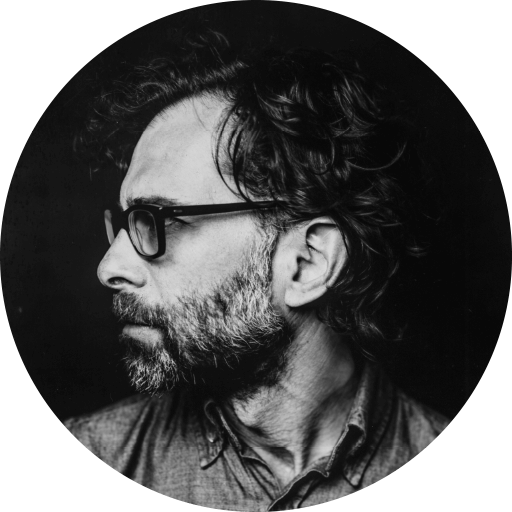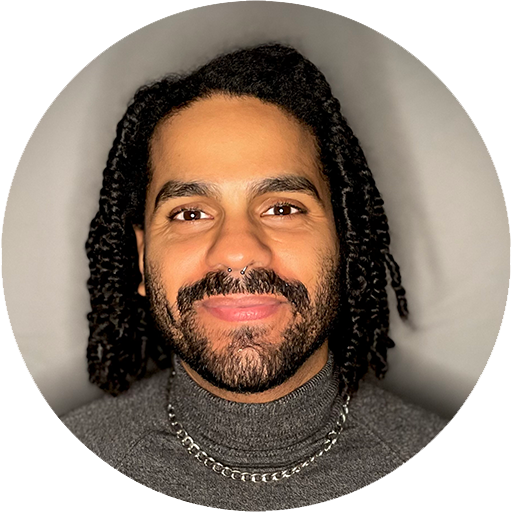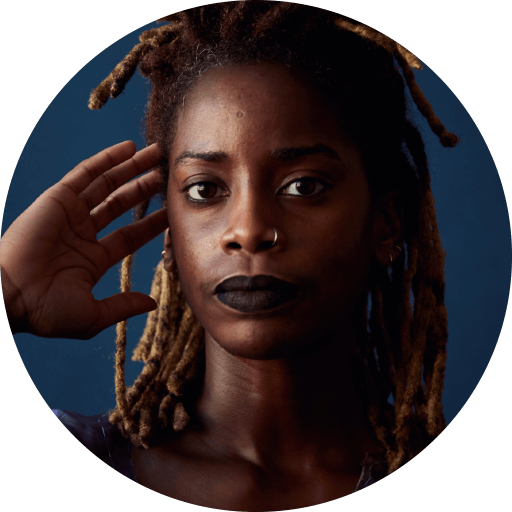Review: You’ll Never Dance Alone (a Solo)
Siobhan Burke, New York Times
Siobhan Burke, New York Times
If you saw Mariana Valencia’s “Yugoslavia,” one of her recent solos, you’ll recognize the illuminated painting that hangs on the wall in “Bouquet,” her new work at the Chocolate Factory Theater in Queens. It depicts the title: flowers on a table, in a vase.
“My dad made this painting,” she informs us matter-of-factly. “He was a Sunday painter.”
She is no less dry or direct when reporting, a little later, “My dad is dead.”
That fact is one of many, about her life and her art, that Ms. Valencia relays in this unassuming, deceptively touching, less-than-an-hourlong show, which opened on Thursday. Originally planned as a duet with the dancer Lydia Okrent, the piece turns out to be a solo. Or is it? Ms. Valencia is the only person onstage, but one idea she imparts is that we are never alone: We are the product of our communities and histories, our parents and friends, songs we’ve heard and dances we’ve learned.
Or as she puts it, “a self isn’t just itself.” A self is part of an ensemble, one stem in a bouquet.

Ms. Valencia, who is in her mid-30s, has been working for the past few years in an autobiographical mode, striking a tone that can be both funny and mournful. Like “Yugoslavia” (2017) and “Album” (2018), “Bouquet” is a multidimensional monologue, as physical and musical as it is verbal. Thirty-something, she proves, is not too early for a retrospective, which is, after all, just a way of taking stock of where you are. In parts of “Bouquet,” she recycles excerpts from her past work, including dances created with Ms. Okrent, her close friend, from 2010 to 2014.
As she enters the space — wearing khakis, a blue unitard and voluminous curls — a bundle of objects, like a traveler’s satchel, rests onstage. Untying it, she distributes its contents around the room and names them, directing an amusingly long metal pointer at each: a pitcher, a bandanna, a blow-up globe (“the earth”) and more.
Whether rhythmically rearranging items or jerkily ambulating, Ms. Valencia moves with a vivid efficiency: solid, assured. Her dancing seems almost as tangible as the objects around her, as if it, too, could be bundled up and carried.
Her collection of steps expands as she quotes Trisha Brown’s “Spanish Dance,” Alvin Ailey’s “Revelations” and angular Lester Horton exercises (the technique underlying Ailey’s dances). Intercutting gestures from the stories she tells — about smoking in high school or dancing cumbia in Mexico — she whips up a speedy montage, corralling decades of dance history and personal history into the span of a few minutes.
Recognizing all the selves that constitute her own, and the wider systems she’s a part of, Ms. Valencia ends with a chanting of “shout outs,” inviting the audience to join. These, and the work’s other texts, can be found in an accompanying book, which I enjoyed reading on the train ride home. While a dance, like a life, must end, it’s nice, when it’s over, to have something to hold in your hands.
Siobhan Burke for the New York Times – March 19, 2019





























